7 Ways to Spot a Productive Fishing Hole Instantly
Finding the perfect fishing spot can feel like searching for a needle in a haystack. Every angler knows the frustration of spending hours at a location with nothing to show for it while wondering if the fish are feasting just around the bend. The difference between a memorable day on the water and a disappointing outing often comes down to your ability to read the water and identify where fish are likely to congregate. By understanding key environmental indicators and fish behavior patterns, you can dramatically increase your chances of success. This article reveals seven proven methods to quickly identify productive fishing holes, allowing you to spend less time searching and more time reeling in your catch.
Look for Structure and Cover
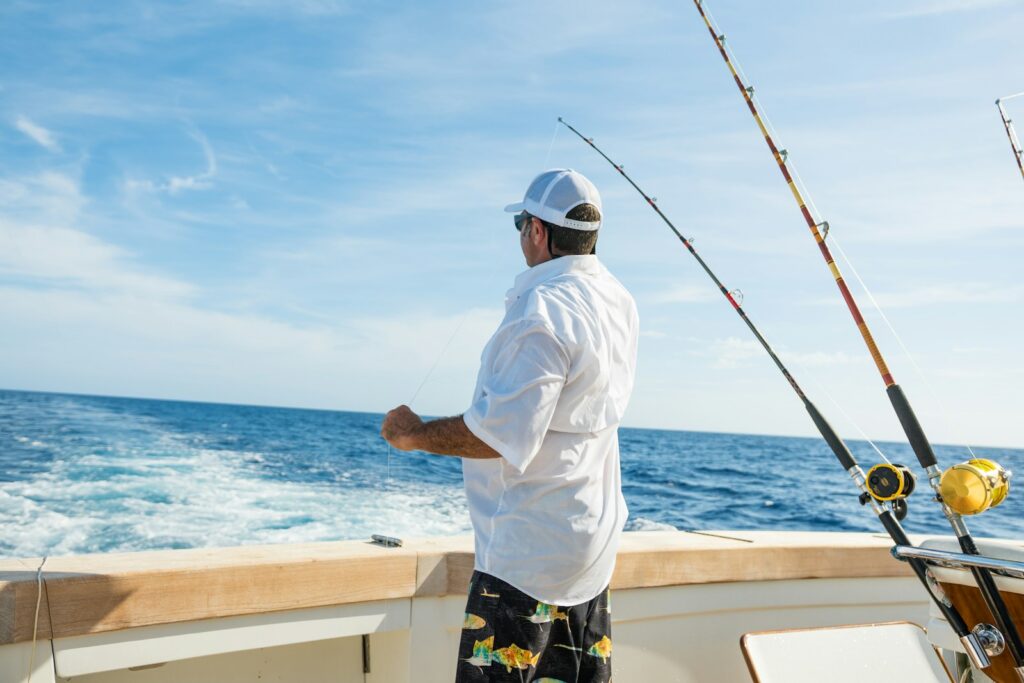
Fish are naturally drawn to areas that provide both protection from predators and opportunities to ambush prey, making structure and cover primary indicators of a productive fishing hole. Fallen trees, submerged logs, rock piles, and weed beds create complex underwater environments where fish can hide, rest, and hunt. These structures also attract smaller fish and aquatic organisms, creating a food-rich microhabitat that larger predatory fish will frequent. In rivers and streams, look for large boulders that create current breaks where fish can rest while waiting for food to drift by. Man-made structures like docks, bridge pilings, and artificial reefs similarly concentrate fish by providing shade and protection in otherwise featureless areas.
Identify Water Depth Changes

Sudden changes in water depth, known as drop-offs or ledges, are prime fishing locations that often hold significant numbers of fish. These underwater “edges” create natural boundaries where different water temperatures meet and various types of prey congregate, essentially serving as underwater highways for fish movement. In lakes and reservoirs, fish frequently patrol along these depth changes, using them as travel routes between deep water sanctuaries and shallow feeding areas. During hot summer months, many species will hold tight to the deeper side of these drop-offs where cooler water provides relief from surface temperatures. Using a depth finder or carefully observing where the water color changes from light to dark can help you locate these productive transition zones without wasting valuable fishing time.
Monitor Surface Activity
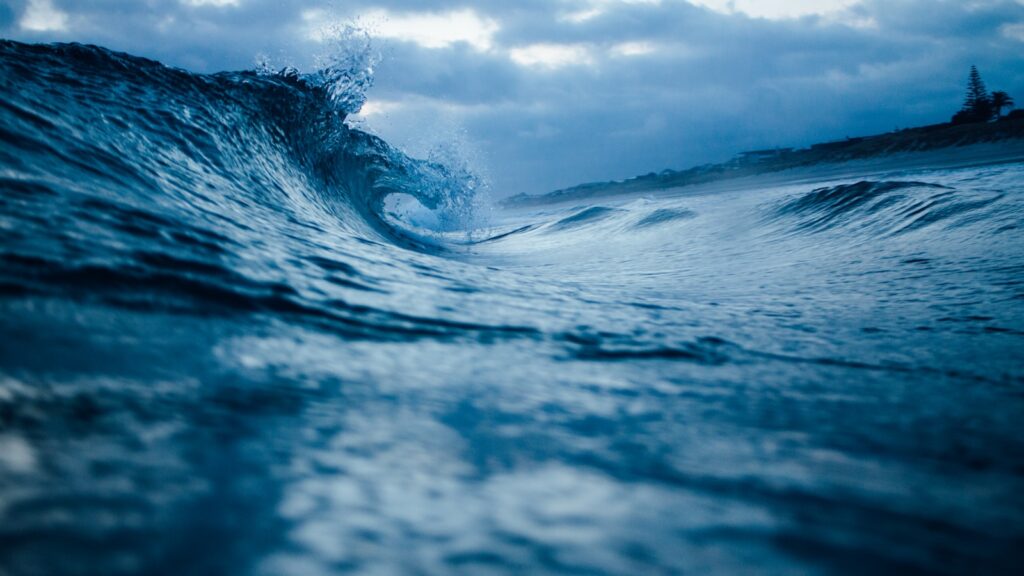
The water’s surface often reveals valuable clues about fish activity below, making it essential to scan for telltale disturbances before casting your line. Jumping fish, swirls, or dimples on the water indicate feeding activity and potentially signal the presence of a school. Small baitfish skipping across the surface (often called “nervous water”) typically indicates predatory fish are actively hunting below. Birds diving into the water present another excellent indicator, as they’re targeting the same baitfish that gamefish are chasing. Even subtle ripples against an otherwise calm surface can reveal underwater structure or current seams where fish may be holding. Training yourself to notice these surface indicators allows you to quickly eliminate unproductive water and focus your efforts where fish are actively feeding.
Find Current Breaks and Eddies
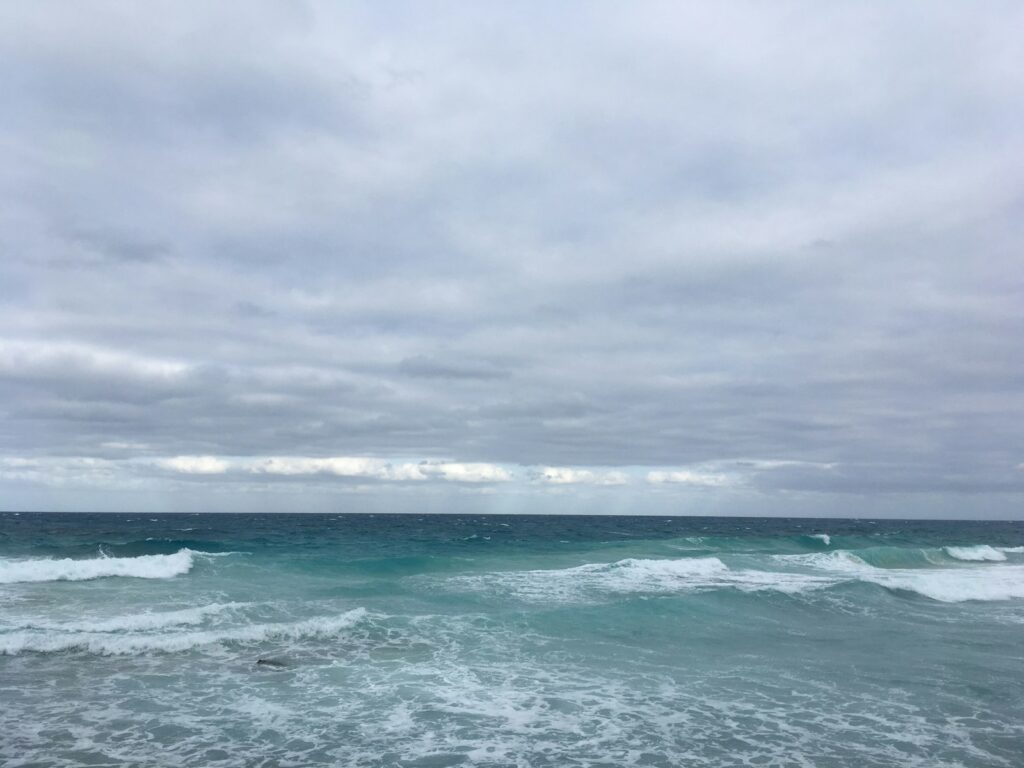
In moving water bodies like rivers and streams, fish instinctively position themselves where they can expend minimal energy while maximizing feeding opportunities. Current breaks—areas where fast-moving water slows down due to obstacles or channel configuration—create perfect holding spots for fish waiting to ambush food washing downstream. Behind large rocks, along undercut banks, or downstream from fallen trees, you’ll often find eddies (circular currents) where fish can rest while food particles concentrate. The seam where fast and slow currents meet creates a prime feeding lane that fish will patrol regularly. Even in lakes, subtle currents formed by wind, inflowing streams, or dam operations create similar breaks that concentrate both baitfish and predators, making them highly productive fishing zones worth targeting.
Observe Water Temperature Variations
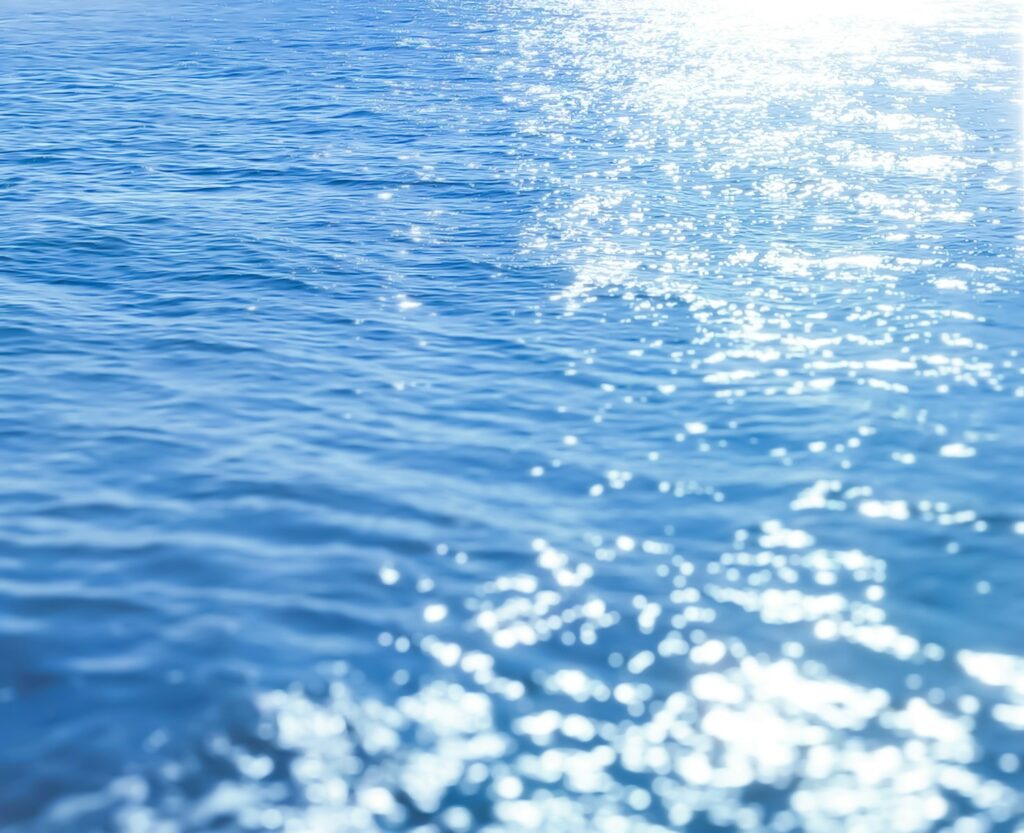
Water temperature significantly influences fish behavior and location, making temperature transitions highly productive areas to focus your fishing efforts. Areas where cooler tributary waters enter a warmer main lake or river (known as confluences) often hold concentrations of fish seeking optimal temperature ranges. During summer, cooler, deeper water attracts heat-sensitive species, while early spring finds fish gravitating toward sun-warmed shallows where metabolism and feeding increase. Temperature-influenced transitions are particularly noticeable in early morning when you might spot subtle steam rising from warmer water sections or see distinct color differences where water bodies meet. Carrying a simple pocket thermometer allows you to identify these temperature breaks more precisely, helping you locate productive fishing holes that less observant anglers might overlook.
Look for Oxygen-Rich Areas
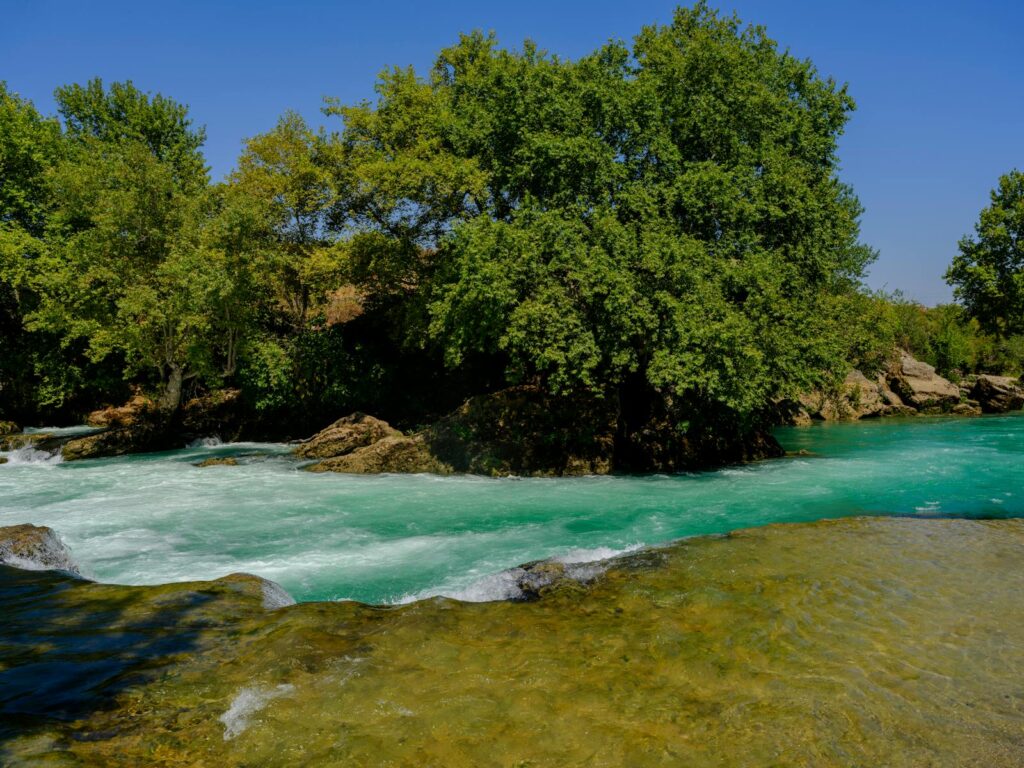
Fish require adequate dissolved oxygen to thrive, making oxygen-rich zones natural gathering points for active, feeding fish. Areas with moving or churning water—such as below dams, around fountain aerators, or near natural rapids—incorporate atmospheric oxygen and typically hold higher concentrations of fish. During summer months when oxygen levels drop in warm, stagnant water, fish will concentrate near inflow points where fresh, oxygenated water enters the system. Aquatic vegetation also produces oxygen during daylight hours through photosynthesis, making healthy weed beds productive fishing locations, particularly in the afternoon. In winter, fish often seek out springs and groundwater seeps that provide both oxygen and more stable temperatures, creating small but highly productive fishing holes that can be identified by areas that resist freezing or show different water clarity.
Track Baitfish Movements
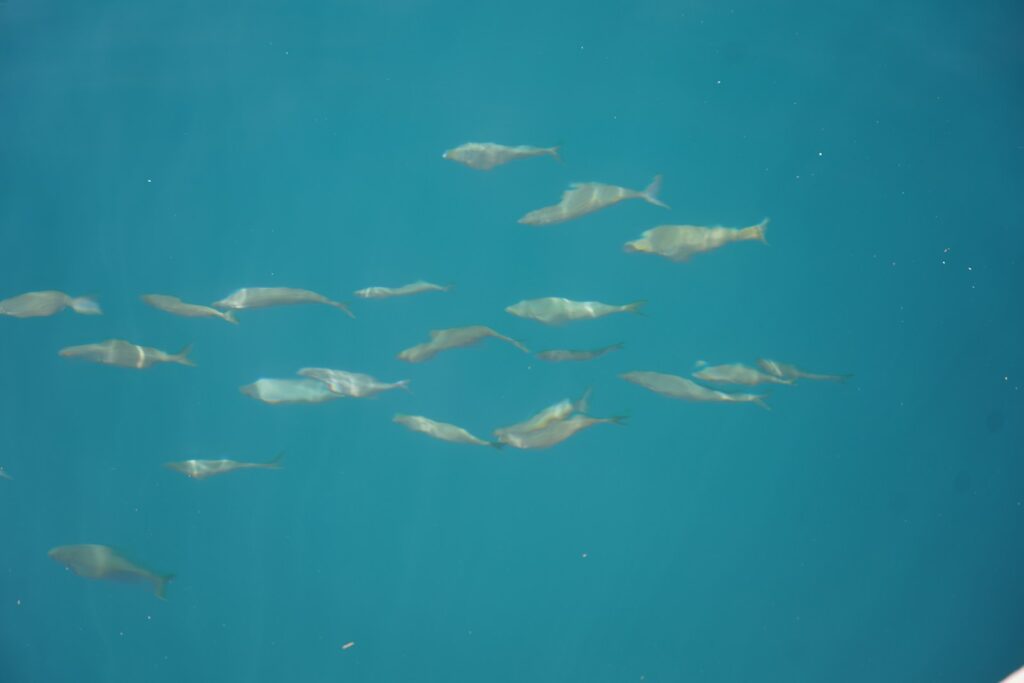
Where there’s bait, there’s bound to be predators, making baitfish identification one of the most reliable ways to locate productive fishing holes instantly. Learn to recognize the distinctive flickering of small minnows, shad, or other forage fish just below the surface or on your electronics. Balls of baitfish showing on depth finders almost always have gamefish lurking nearby, ready to capitalize on an easy meal. Beyond visual identification, listen for the subtle sounds of baitfish popping at the surface or watch for diving birds that reveal baitfish schools from a distance. Understanding seasonal baitfish movements in your fishing area provides additional insight, as predatory fish will reliably follow these food sources from deep summer haunts to shallow spring spawning areas, concentrating in predictable locations throughout the year.
Recognize Insect Activity Patterns
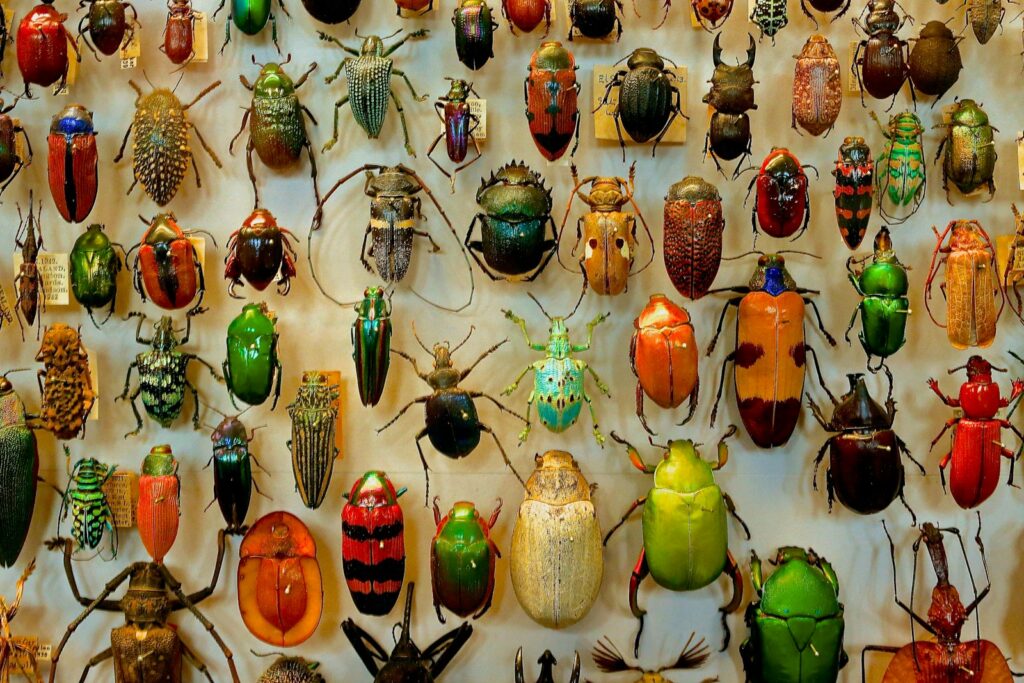
For freshwater anglers, especially those targeting species like trout, bass, and panfish, insect activity offers clear signposts to productive fishing locations. Areas with visible insect hatches or flying insects hovering near the water surface indicate zones where fish will be actively feeding. During mayfly, caddis, or other aquatic insect emergences, fish will congregate in predictable locations where currents concentrate these easy meals. Even terrestrial insects like grasshoppers, ants, and beetles that accidentally fall into the water create feeding opportunities that fish quickly learn to exploit, making shorelines with overhanging vegetation particularly productive during summer months. Observing which specific insects are active and matching your lure or fly presentation accordingly can transform an average fishing spot into a highly productive one within minutes.
Identify Underwater Springs and Seeps
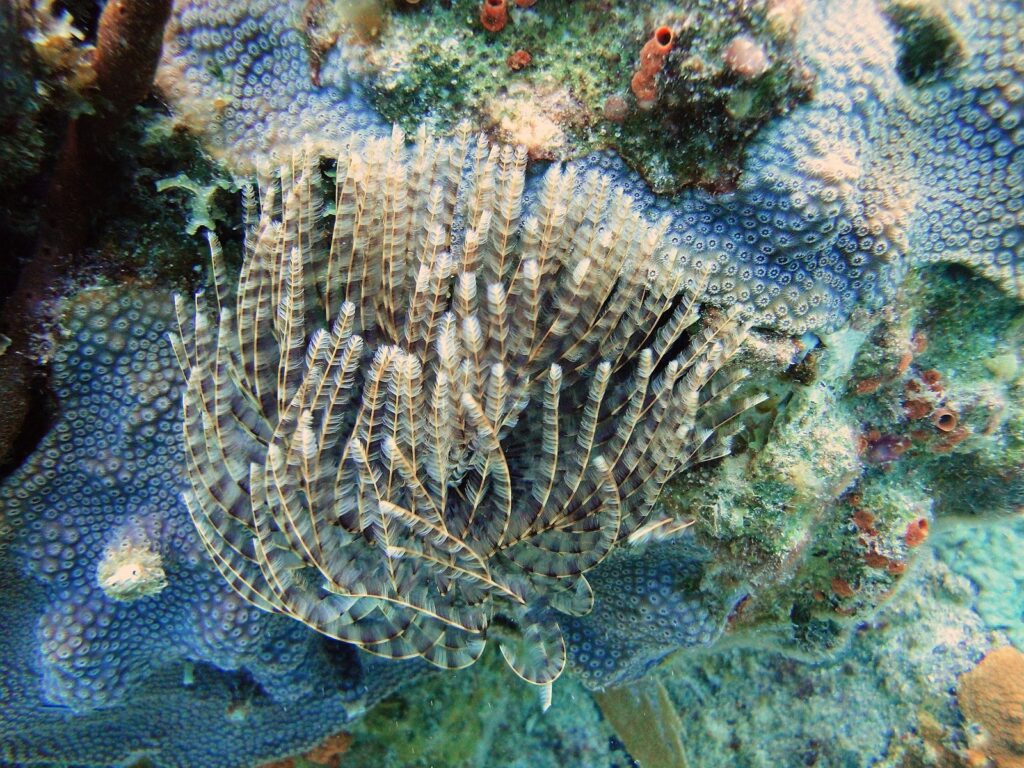
Underwater springs and groundwater seeps create unique microenvironments that attract fish year-round, making them valuable fishing hotspots once discovered. These natural features deliver mineral-rich water at consistent temperatures, creating comfort zones for fish during both summer heat and winter cold. In lakes and ponds, springs can sometimes be identified by subtle surface disturbances, sand boils on the bottom, or areas where water remains clear amid otherwise murky conditions. During winter, springs often prevent complete ice formation, creating open water patches that concentrate both fish and the forage they depend on. Some springs also promote unique vegetation growth patterns, with certain aquatic plants thriving in the mineral-rich environment and subsequently attracting various fish species seeking food and cover.
Study Tidal Influences in Coastal Waters
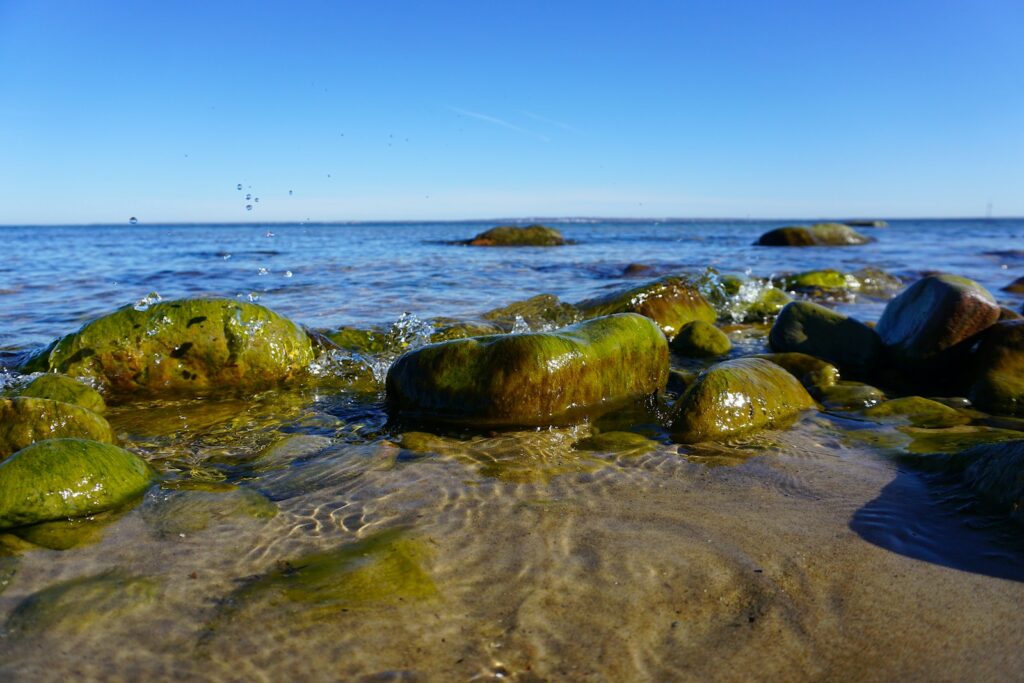
For coastal and estuarine anglers, understanding tidal movements provides critical insight into productive fishing locations that change throughout the day. Rising tides push baitfish and nutrients into shallow flats, creek mouths, and mangrove areas, creating temporary but highly productive fishing zones as predatory fish follow. Falling tides concentrate fish in deeper channels, cuts, and holes as water recedes from the shallows, often triggering aggressive feeding frenzies. The periods of strongest water movement—typically the middle two hours of incoming and outgoing tides—generally produce the most active fishing as currents dislodge food and stimulate predatory responses. Learning to read tide charts and understanding how specific features like oyster bars, channel edges, and creek mouths fish differently during various tidal stages allows you to pinpoint productive spots with remarkable precision.
Utilize Seasonal Patterns
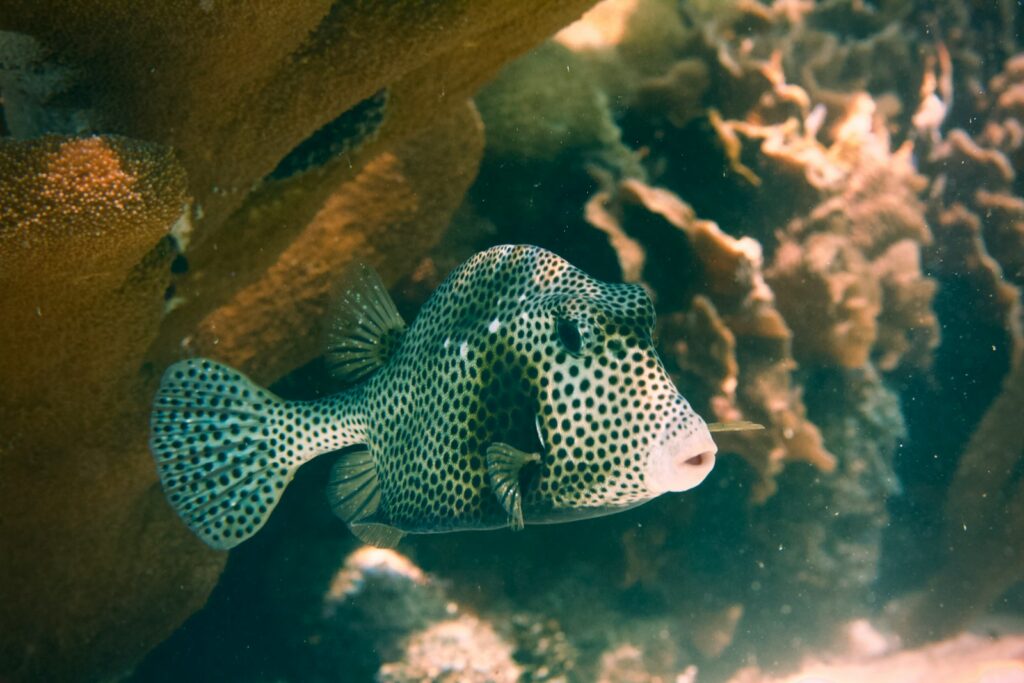
Fish location and behavior follow predictable seasonal patterns that can help you quickly identify productive fishing holes during different times of year. Spring typically finds fish moving to shallow, warmer waters for spawning activities, making shoreline areas, protected coves, and tributary mouths particularly productive. Summer heat pushes many species deeper or into shaded areas with cooler water and adequate oxygen levels. Fall triggers feeding frenzies as fish fatten up for winter, making points, drops, and areas where baitfish concentrate especially productive. Winter concentrates fish in deeper, more stable environments or around warm-water discharges where metabolism can remain higher. By understanding these seasonal movements for your target species, you can eliminate vast unproductive water areas and focus immediately on zones where fish are most likely to be concentrated during that particular time of year.
Read Local Water Conditions

The ability to interpret changing water conditions offers immediate insight into potential fishing hotspots that may be temporarily productive. After heavy rains, areas where muddy runoff meets clearer main-lake water create “mudlines” that predatory fish patrol, using the visibility barrier to ambush disoriented baitfish. During prolonged dry periods, deeper pools in rivers and streams concentrate both fish and their food sources as water levels drop. Wind-blown shorelines often become feeding zones as waves dislodge food particles and push baitfish against natural barriers. Understanding how your local waters respond to weather patterns, dam releases, and seasonal changes allows you to quickly identify situational hotspots that might be overlooked by anglers less attuned to these environmental shifts. Developing this environmental awareness transforms random fishing into targeted hunting, dramatically increasing your chances of success even in unfamiliar waters.
Conclusion: Combining Indicators for Maximum Success
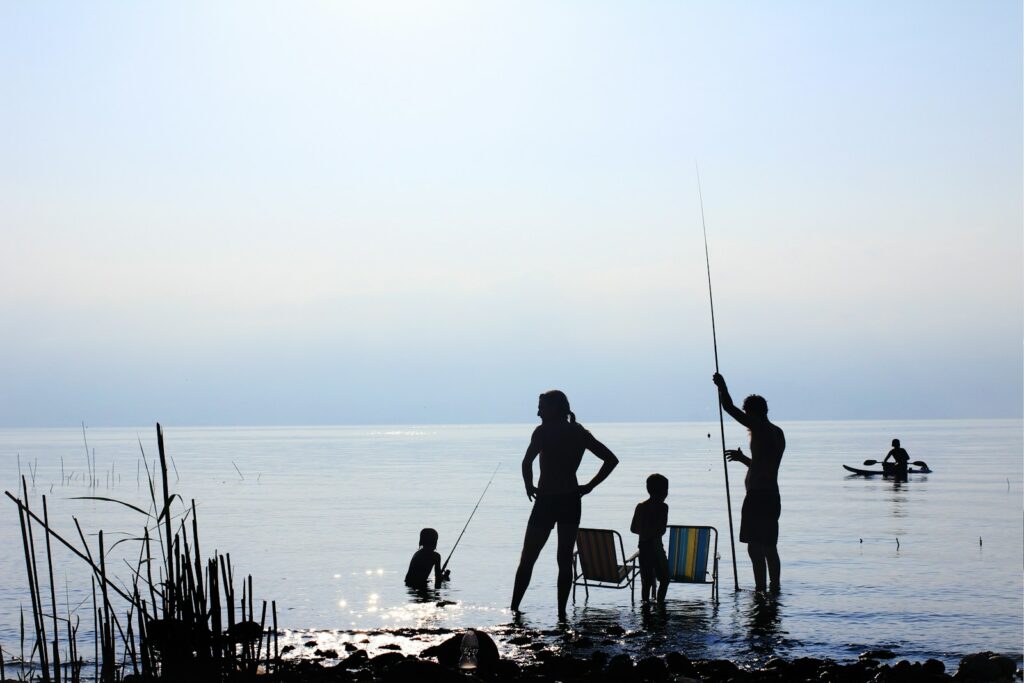
The most productive fishing holes rarely announce themselves with a single indicator but rather through a combination of the factors we’ve discussed. When you find areas where multiple positive signs overlap—perhaps a current break near a depth change with visible baitfish activity—you’ve likely discovered prime fishing territory that will consistently produce results. Over time, developing the observational skills to quickly read water and identify these productive zones becomes second nature, allowing you to maximize your time with lines in the water rather than searching fruitlessly. Remember that productive fishing holes change with seasons, weather conditions, and time of day, making the ability to spot these indicators an ongoing skill rather than a one-time discovery. By applying these seven methods consistently, you’ll not only catch more fish but develop a deeper understanding of aquatic ecosystems and the fascinating creatures that inhabit them.

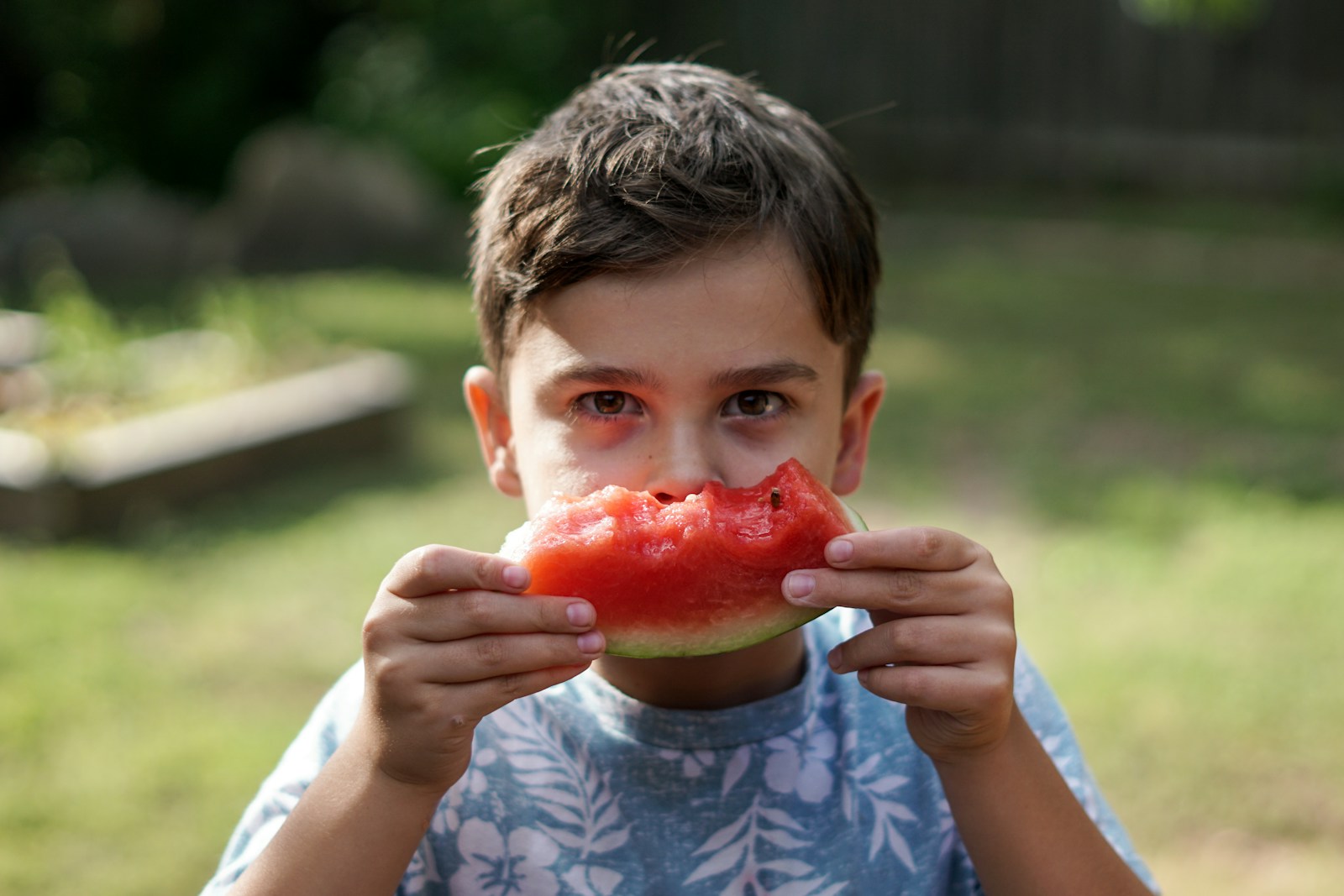
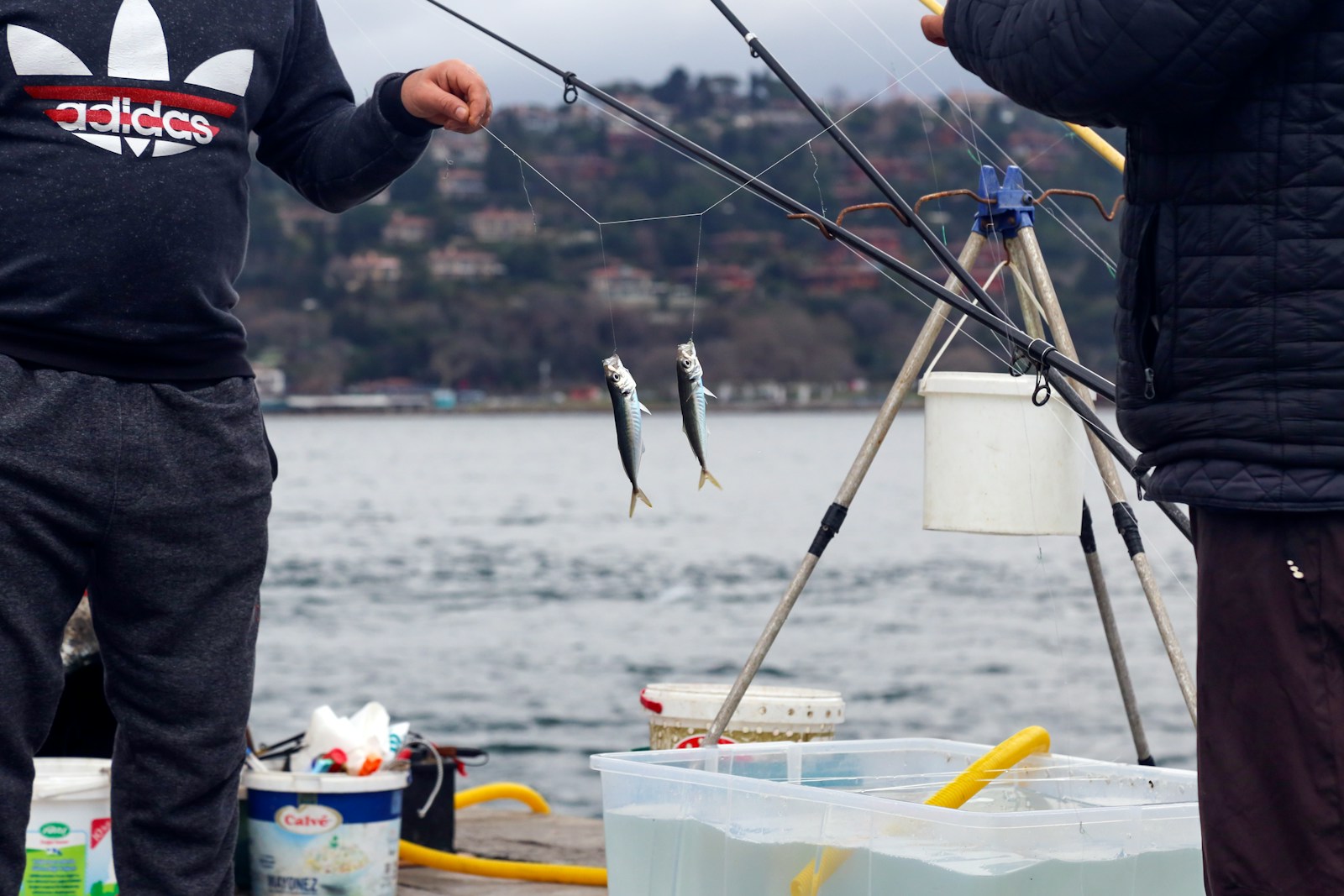











Post Comment